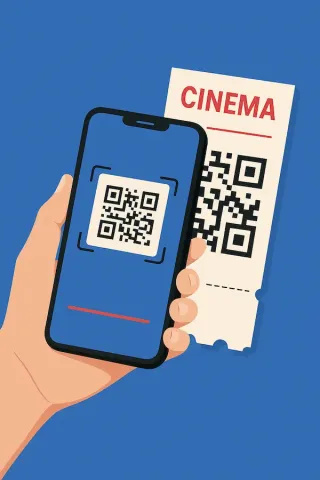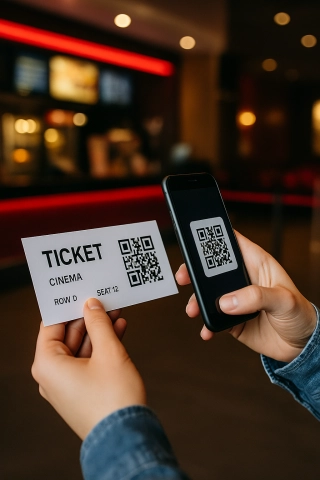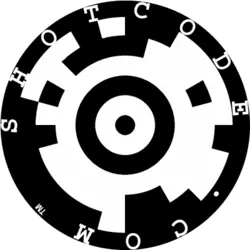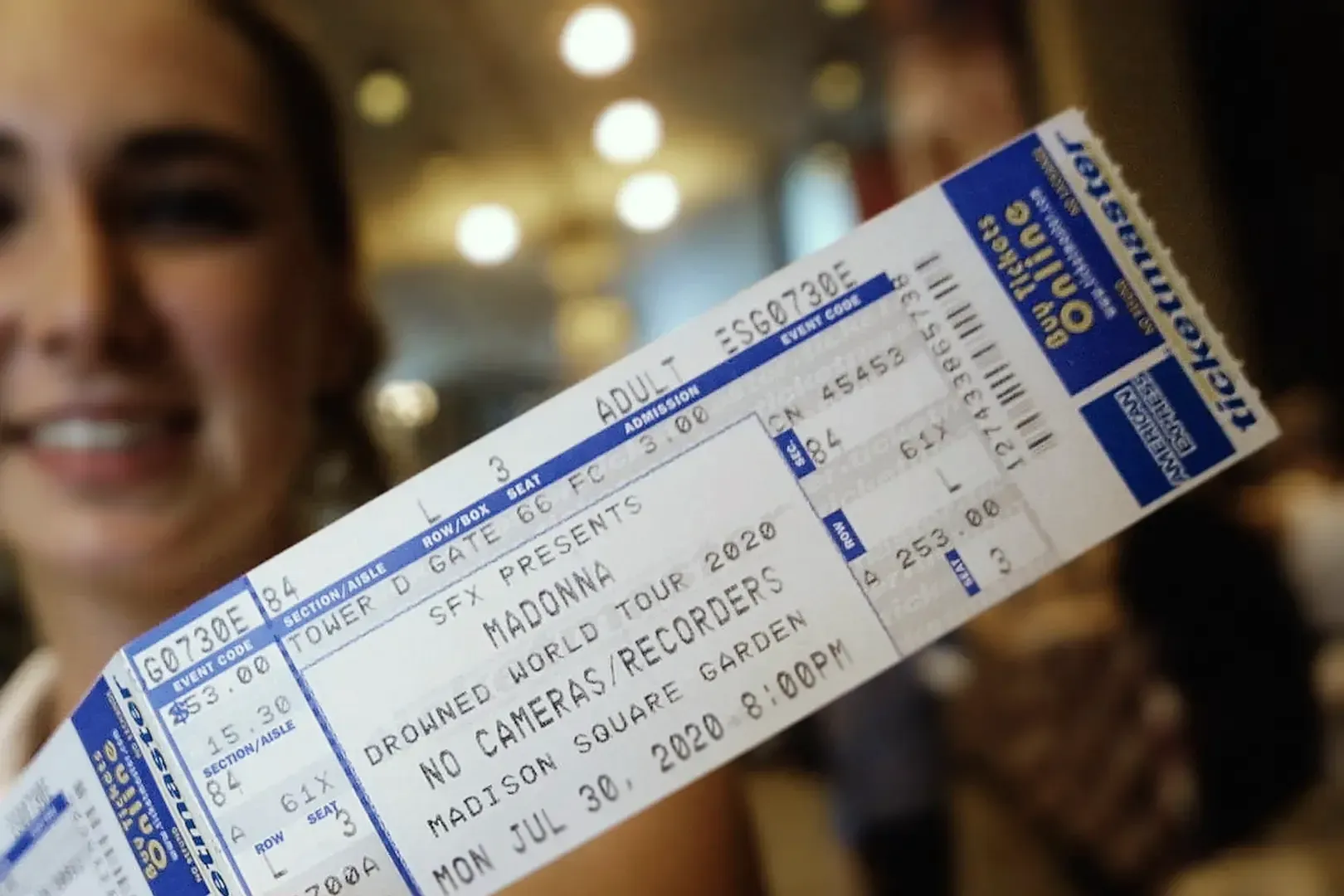Barcode Usage in Entertainment (BYOD concepts)
QR Codes are the predominant barcode type used across entertainment, from event ticketing to marketing activations, as they are easily scanned by smartphones, support high data content, and enable seamless offline‑to‑online interaction qodenext.com.
Common uses in entertainment:
- Ticketing and event access (concerts, theaters, cinema) epic-qr.com
- Guest engagement via marketing scans, AR content, backstage access, artist updates qreq.com
Media management, such as DVDs or Blu-rays are categorized and managed with QR or other barcodes

Scan your ticket and load it into your wallet app
QR Code Advantages
Advantages of QR Codes:
- High data capacity and built‑in error correction, enabling scanning even when damaged
- Smartphone-native scanning that requires no specialized hardware hardware
- Open-standard format that is free to use and widely supported across devices
These factors contribute to QR codes being universally accepted across ticketing, marketing, and interactive entertainment.

Alternative Barcode Types in Entertainment
While QR dominates, other barcode formats appear in specific use cases, here are the reasons why one would choose them instead of QR:
Aztec Code
- Often used for airline boarding passes, train tickets, and transit passes due to its compact size and ability to scan reliably even on mobile screens.
PDF417
- Used in printed event passes, credentials, and IDs requiring more stored data such as attendee info and signatures, with high capacity reaching up to approximately 1800 ASCII characters Ftgo.
Data Matrix
- More common in logistics and equipment tracking than consumer entertainment, though venue equipment or props may bear Data Matrix tags when data density is required in a small footprint.
ShotCode, Snapcode, Bokode
- Snapcodes (by Snapchat) are QR-like barcodes used for unlocking AR lenses, adding friends, or directing users to content, particularly popular for promotions at live events and on-brand installations.
ShotCodes (dartboard-style circular codes) and Bokodes are niche, research-level tags used more for object tracking or interactive installations, rarely deployed in mainstream entertainment.

Example of a Shotcode
Advantages of Alternative Barcode Formats
Although QR is most widely used, alternatives can offer distinct advantages:
- Aztec codes scan better in constrained digital media such as airline apps and when printing real estate is limited real estate is limited.
- PDF417 is chosen when more metadata such as attendee details and credentials needs to be embedded on printed tickets or IDs SSI Packaging Group Inc.
- Snapcodes or branded visual codes are used for brand interaction and social engagement, especially during festivals, concerts, or influencer-led events where Snapchat or Instagram activations are desired Wikipedia.
Key Benefits of Barcode Use in Entertainment
Common benefits include:
- Efficient ticket validation, reducing queues and fraud
- Integrated services such as merchandise, food, and transportation using single barcodes/tickets
- Enhanced audience engagement through dynamic content delivery including AR, content reveals, and VIP access epic-qr.com
Additional insights:
- QR codes facilitate contactless check-in and VIP access workflows, making events more hygienic and faster to access
- Traceable interactivity and analytics tracking allow marketers to measure scan rates, engagement, and conversion tied to QR-based campaigns QR-based campaigns
Summary Table
| Barcode Type | Usage in Entertainment | Why used instead of QR? |
|---|---|---|
| QR Code | Tickets, engagement, marketing | Widely supported, high capacity, flexible |
| Aztec Code | Mobile/board passes (airline/ticket) | Compact, high density, reliable mobile use |
| PDF417 | Printed credentials & passes | High metadata capacity |
| Data Matrix | Equipment/asset tagging in venues | Small size yet dense; robustness |
| Snapcode | Social/AR promotions | Branded, platform‑specific interactions |
| ShotCode / Bokode | Niche interactive installations | Unique visual forms; limited adoption |
Future Directions
QR codes remain the dominant format in entertainment due to their flexibility and ubiquity. Other formats such as Aztec, PDF417, and Data Matrix see adoption where space, data density, or branded interactions demand it. Emerging proprietary codes like Snapcode offer engagement channels aligned with social platforms and AR experiences.
Additional exploration could include:
- Use of QR-enhanced loyalty programs at theme parks
- NFC and RFID coupling with barcodes for hybrid access systems
- Future shifts: GS1's expected push toward QR‑based standards replacing UPC/barcode in retail by 2027




